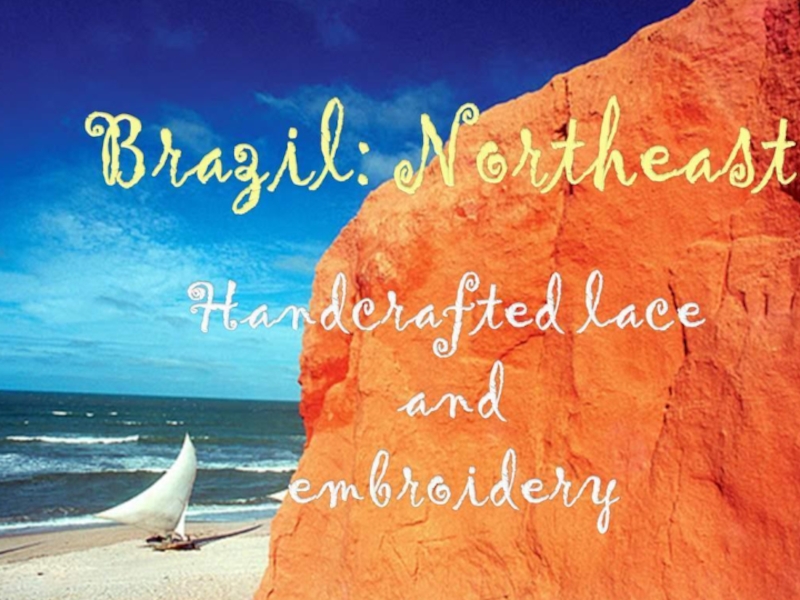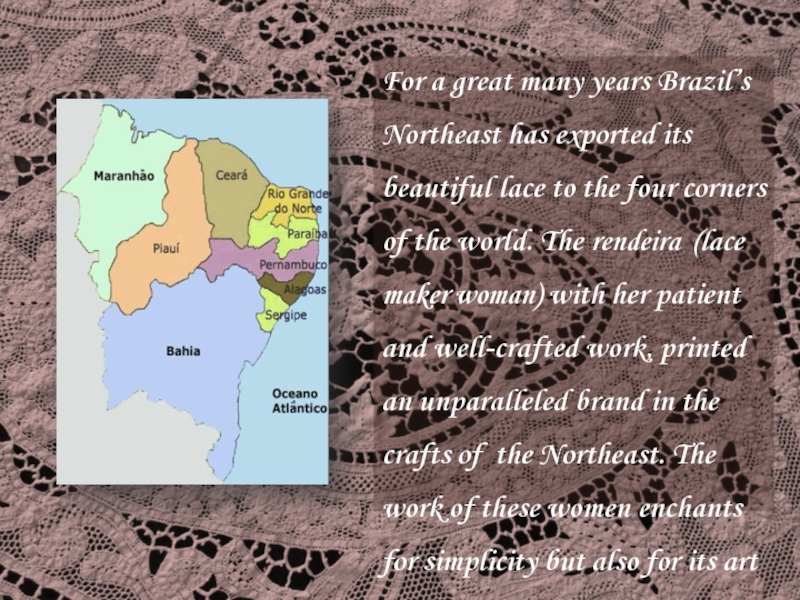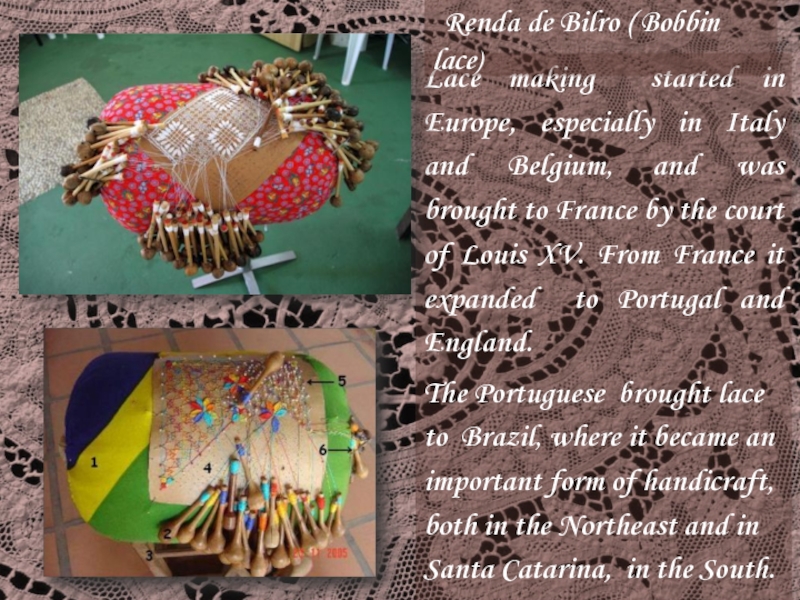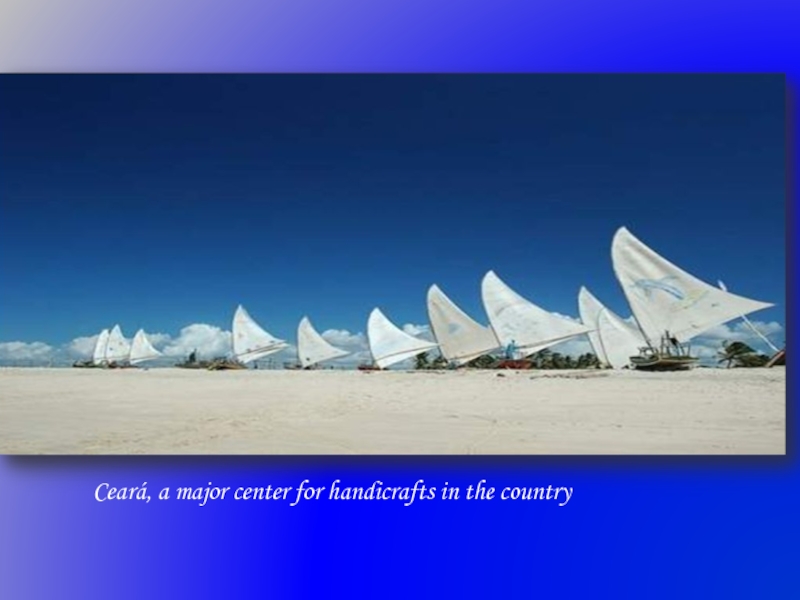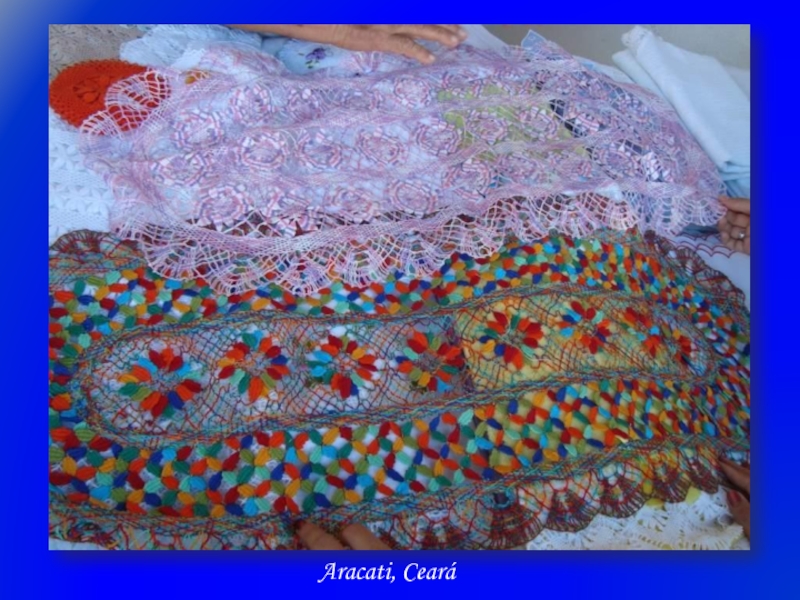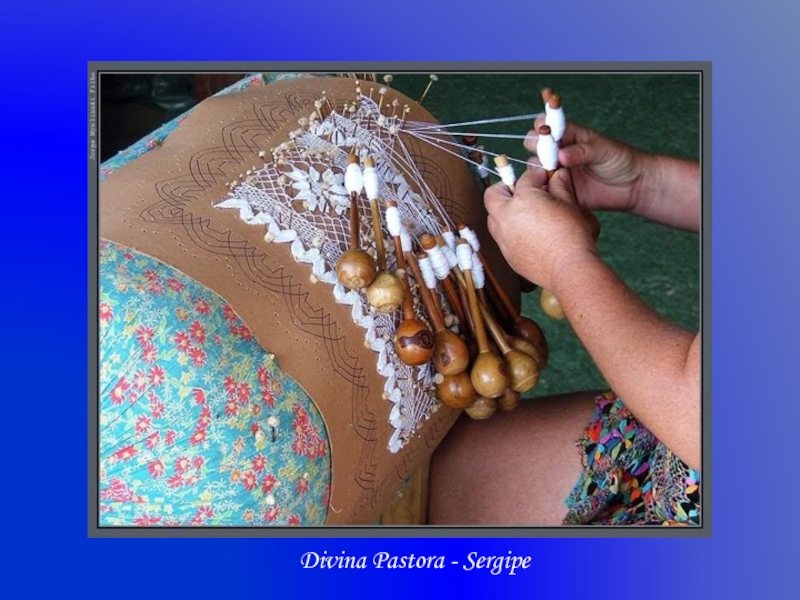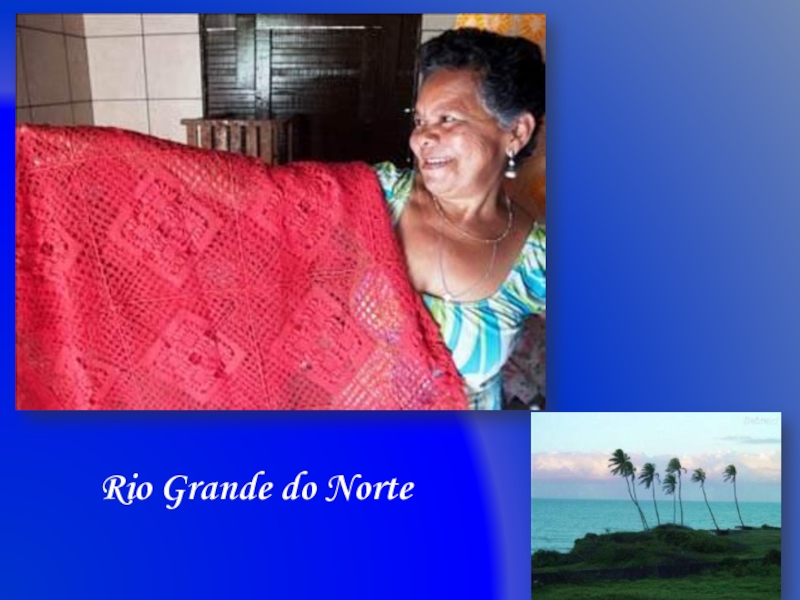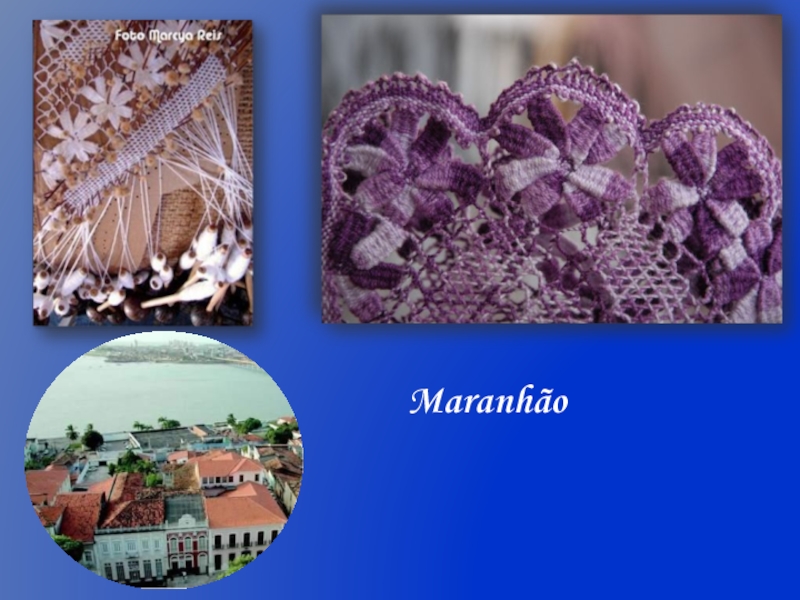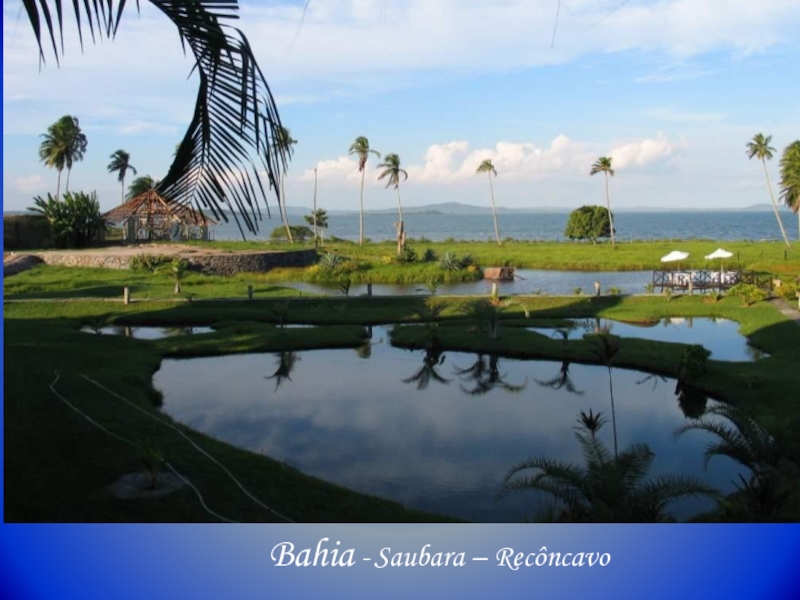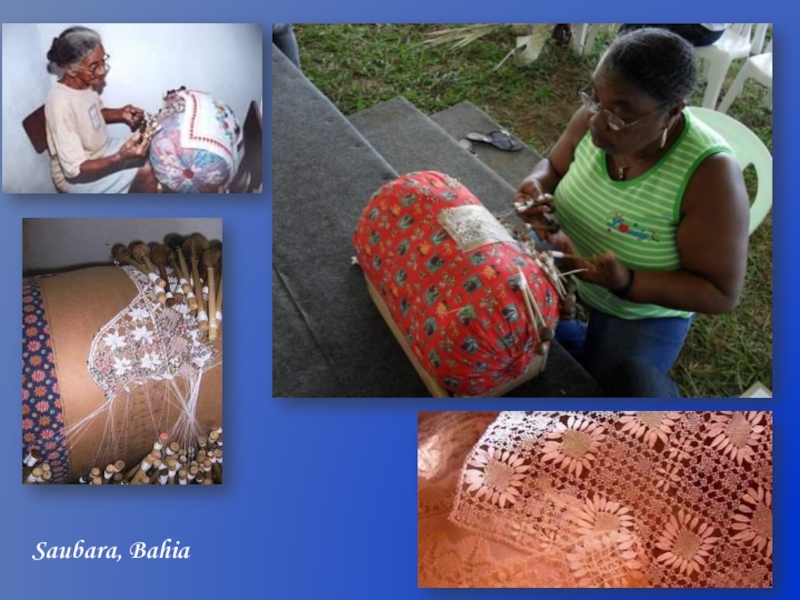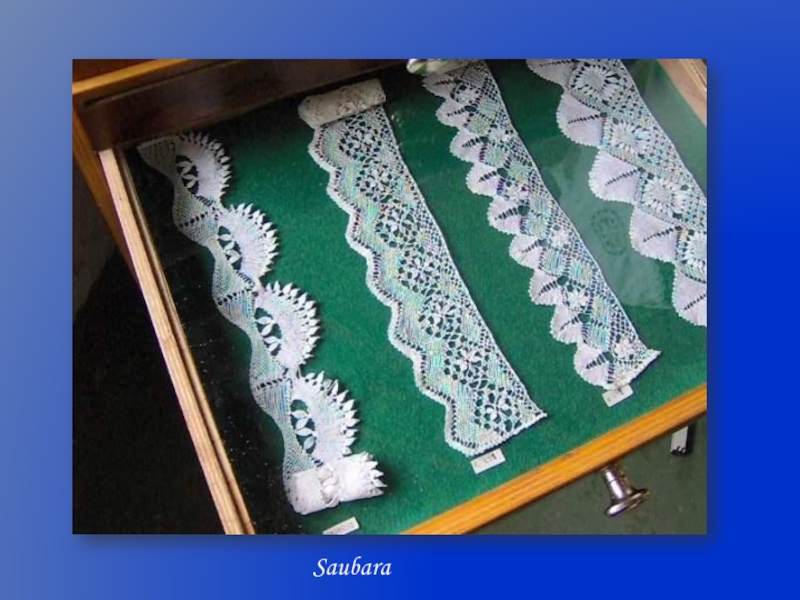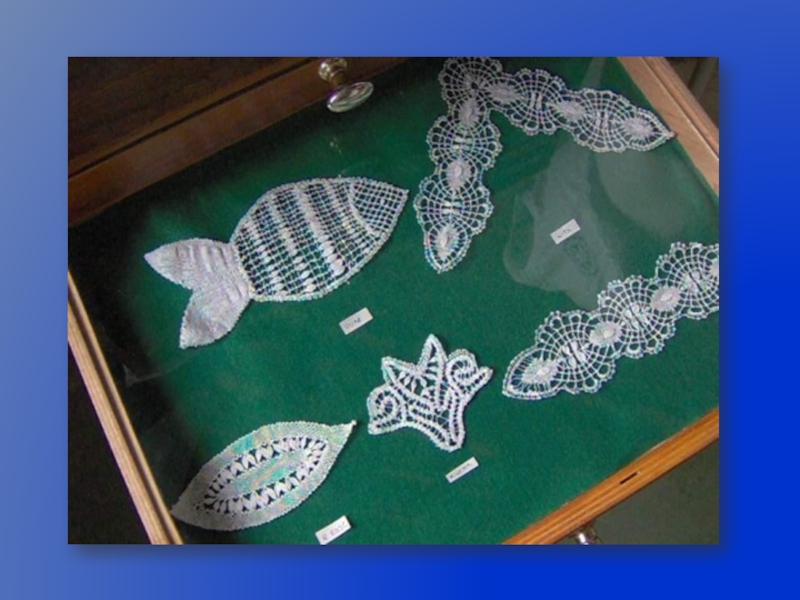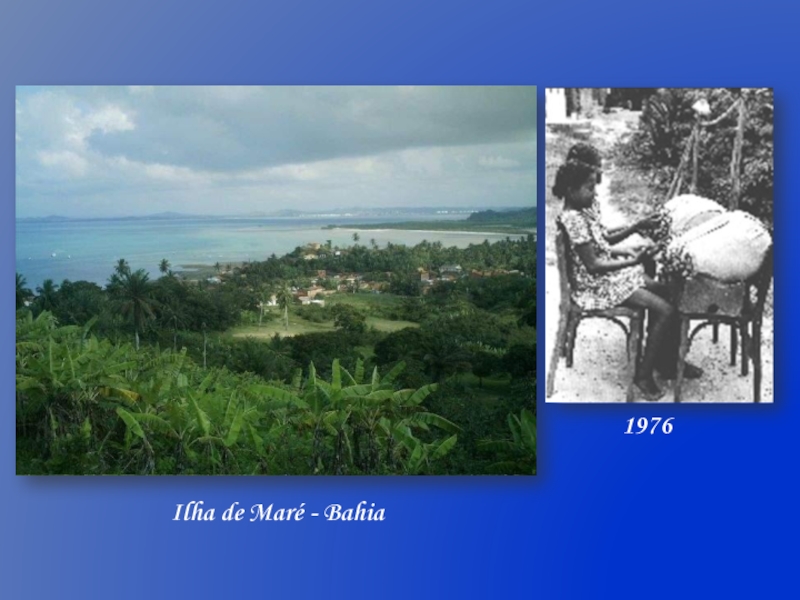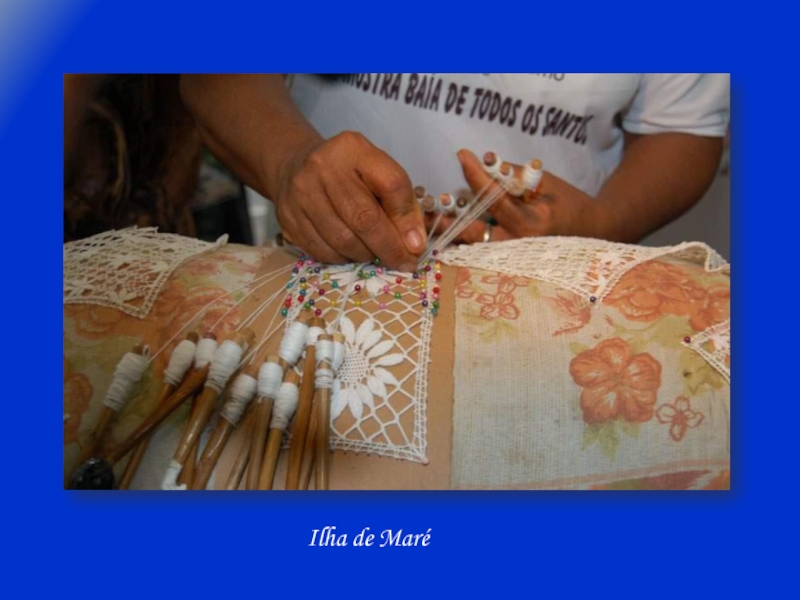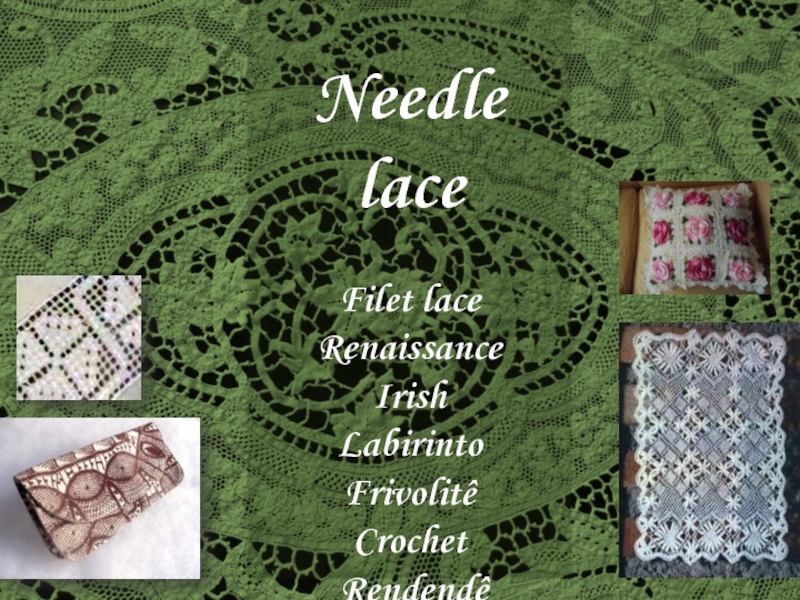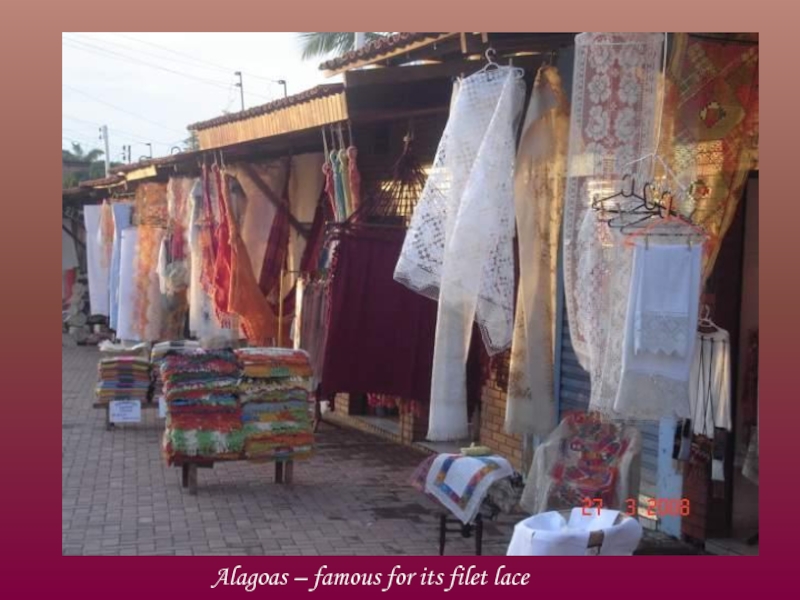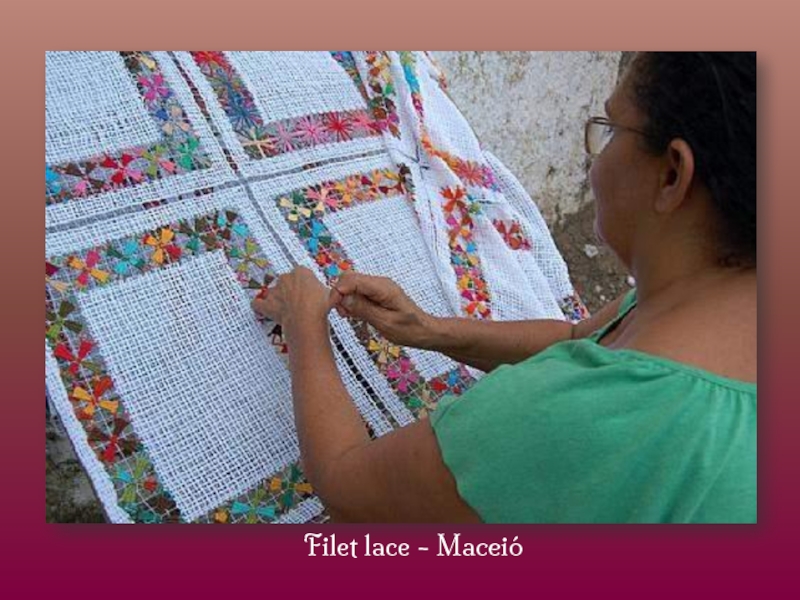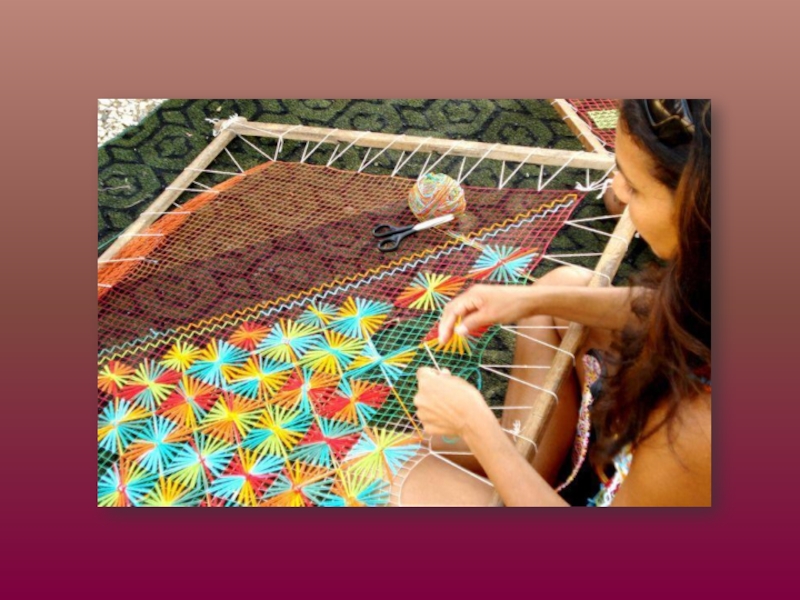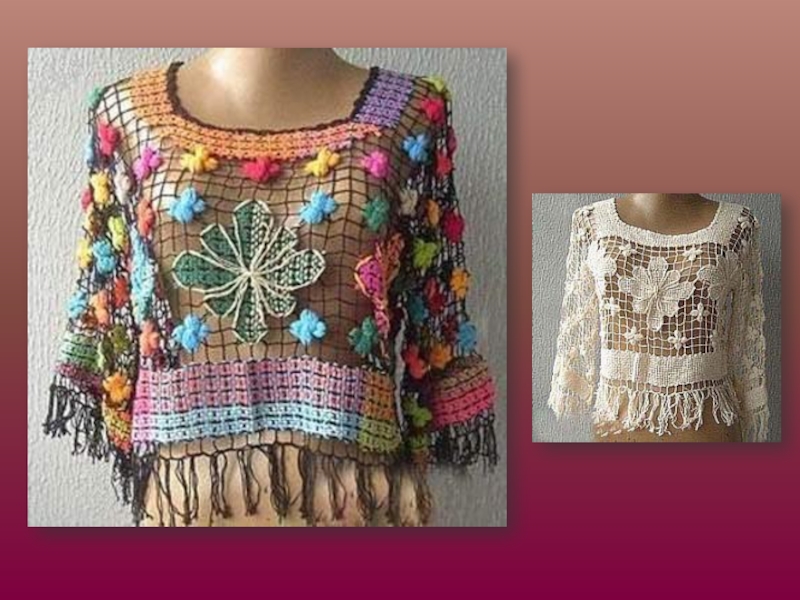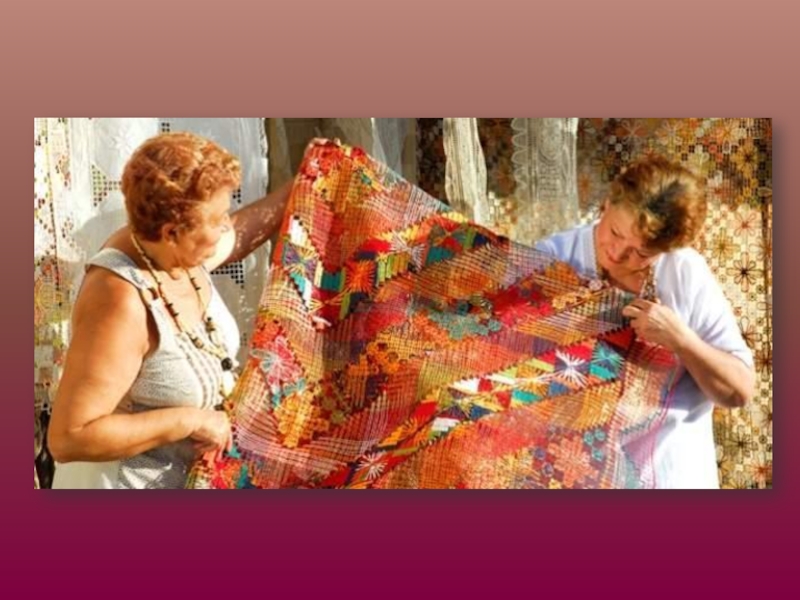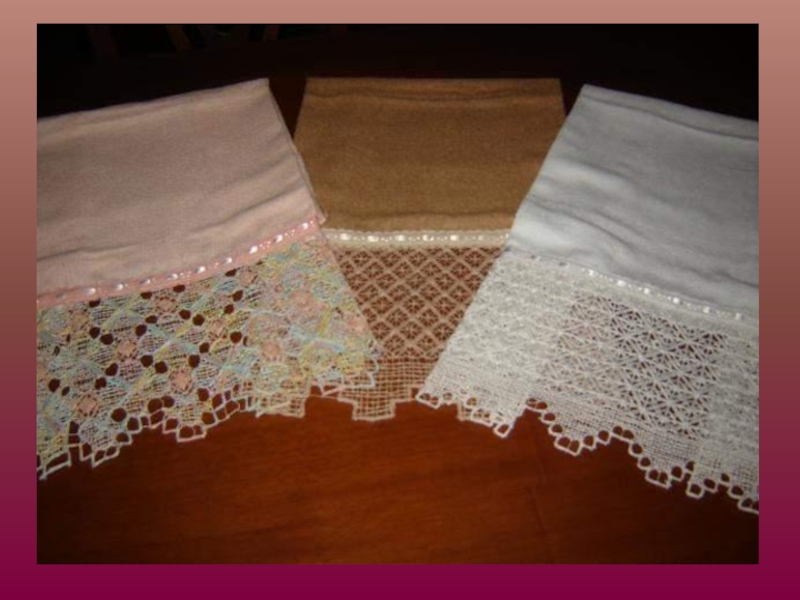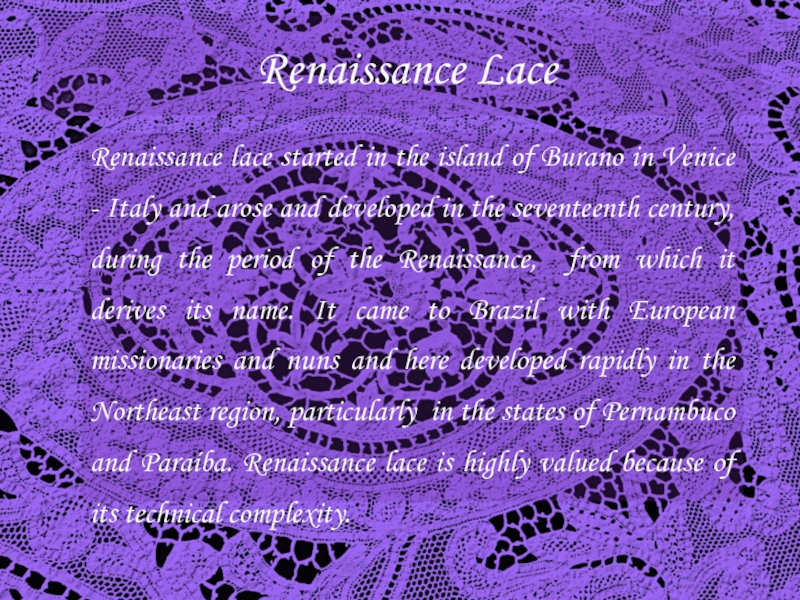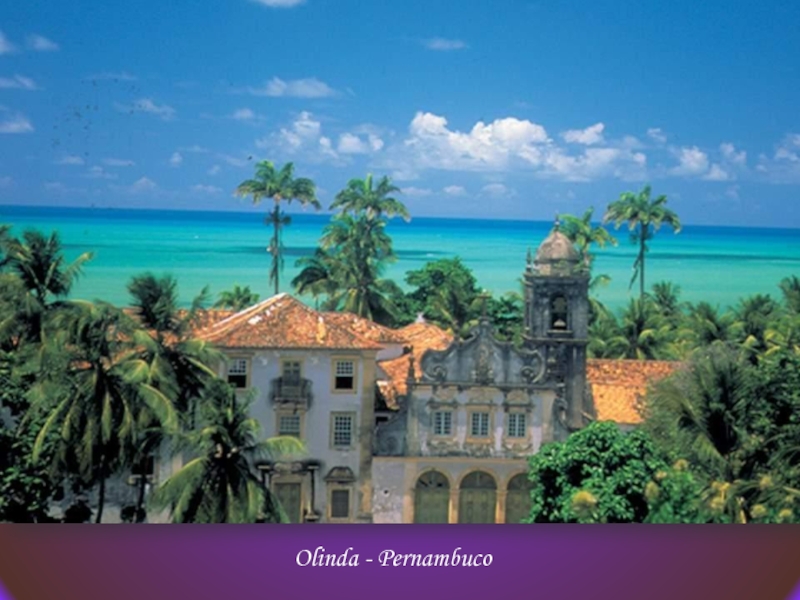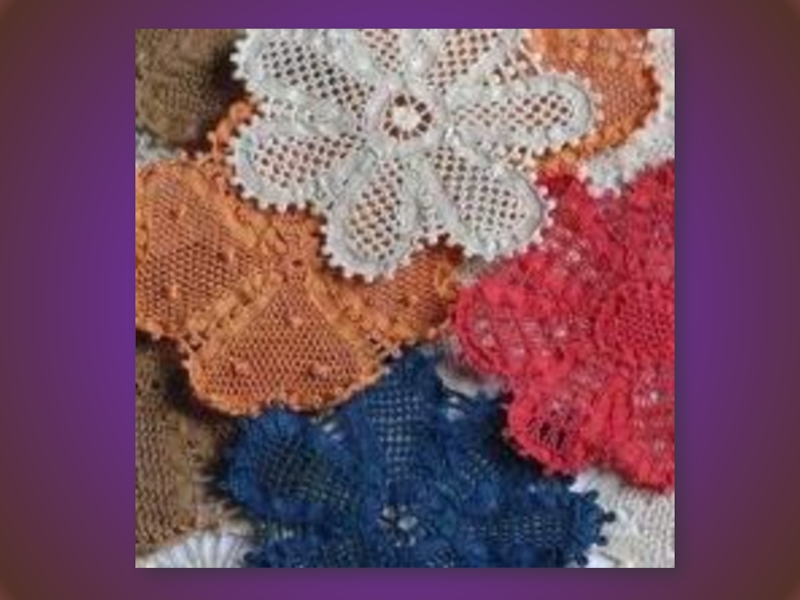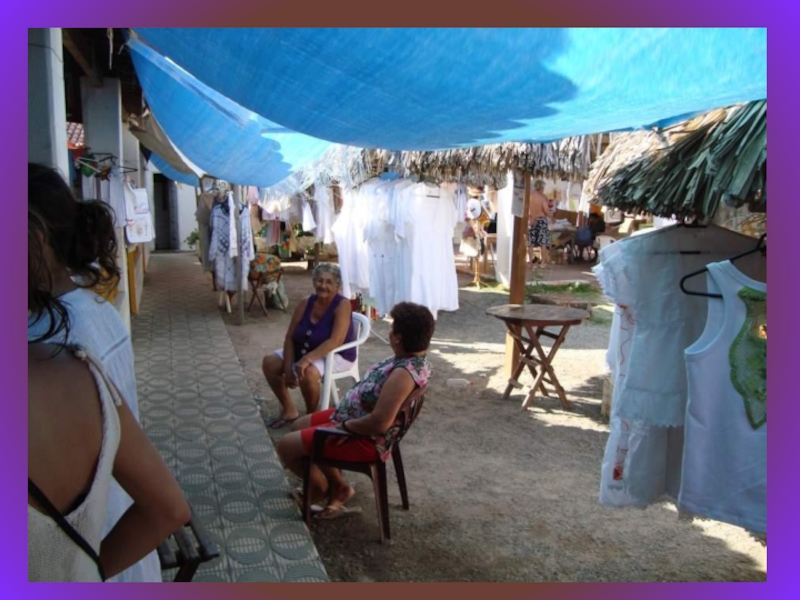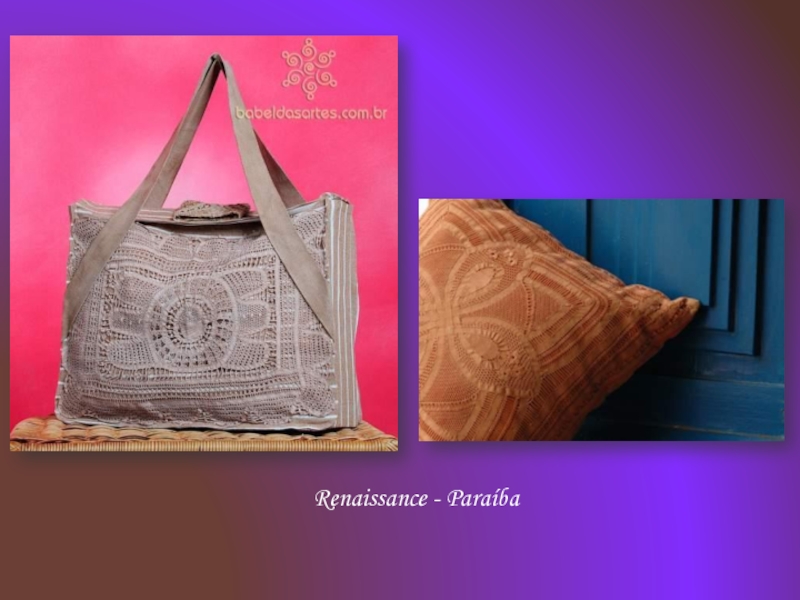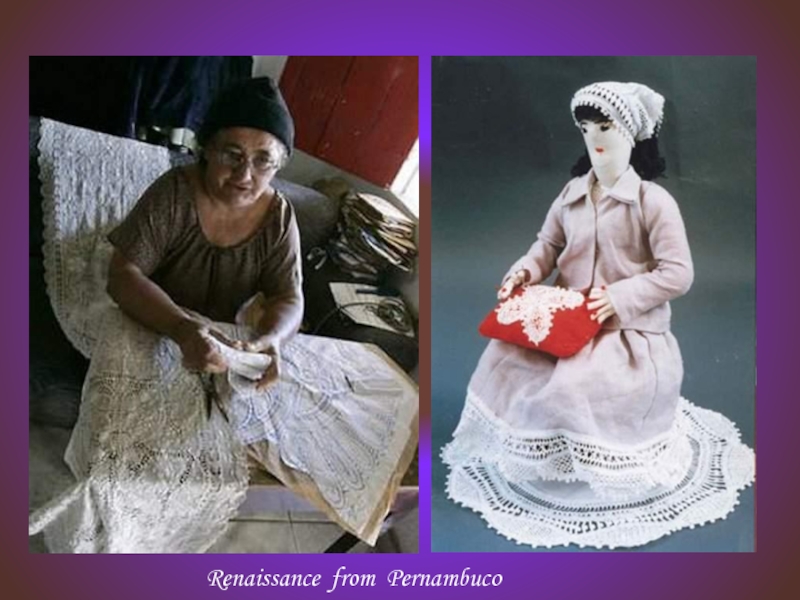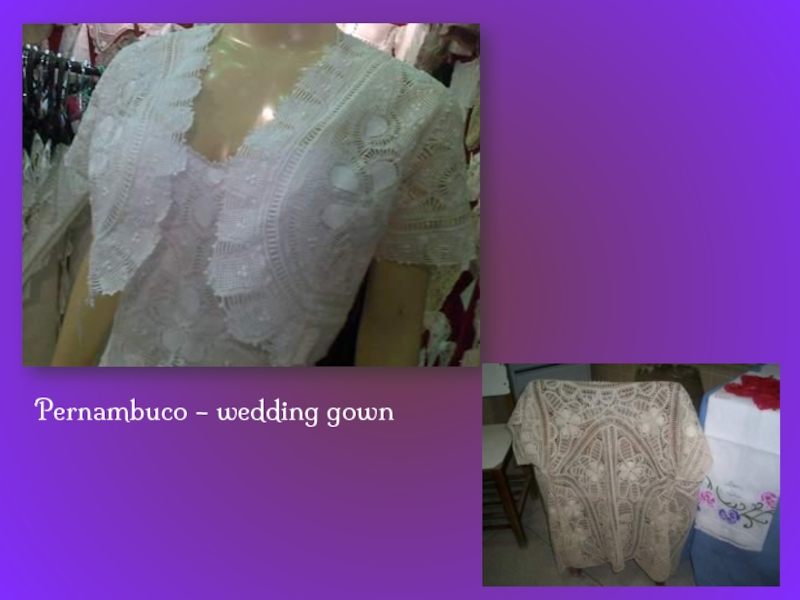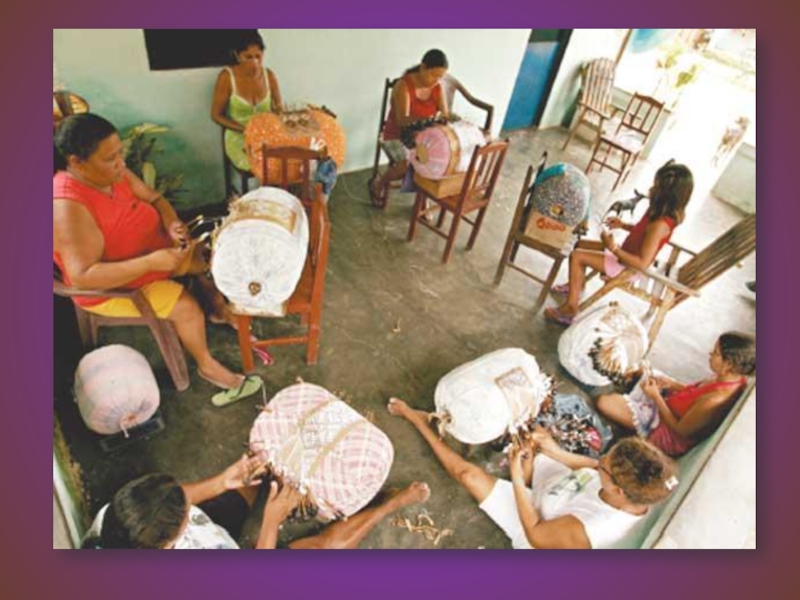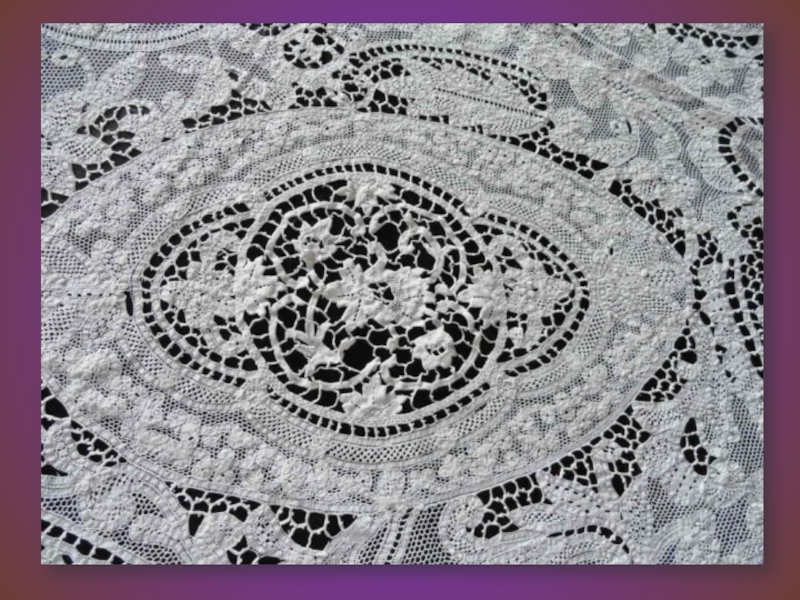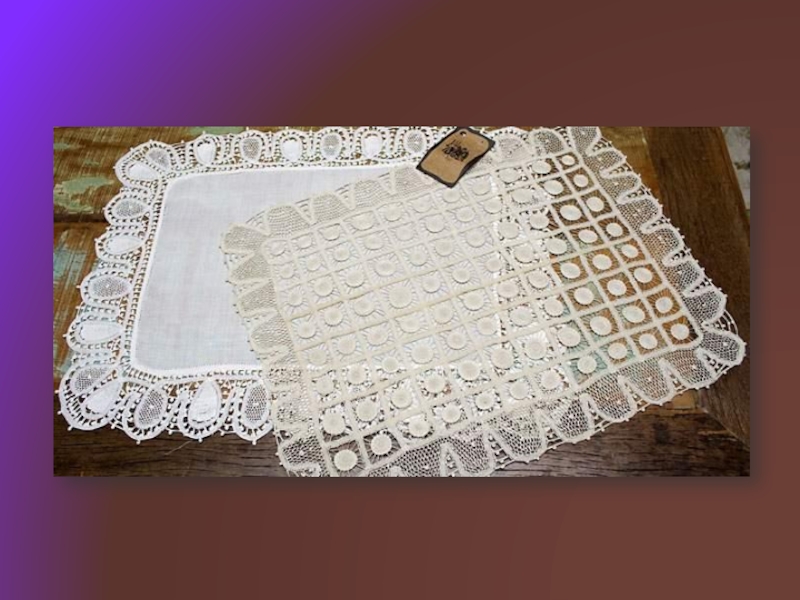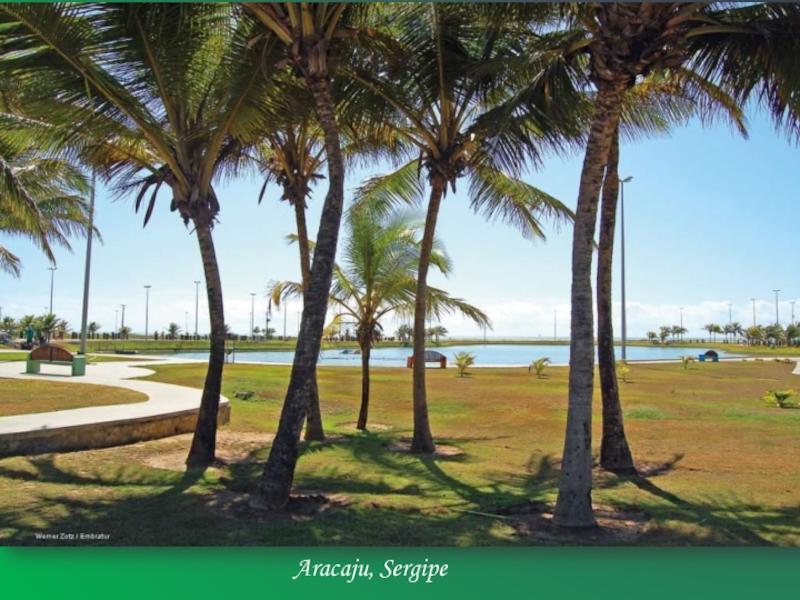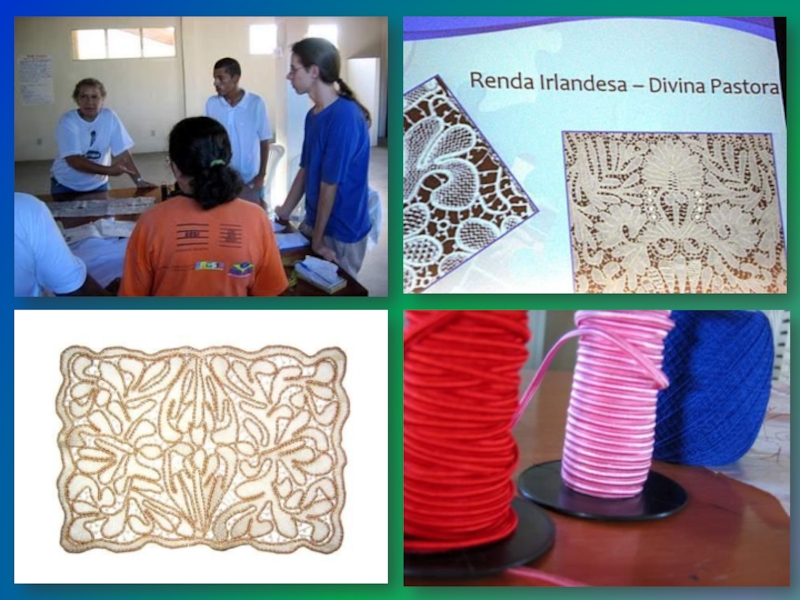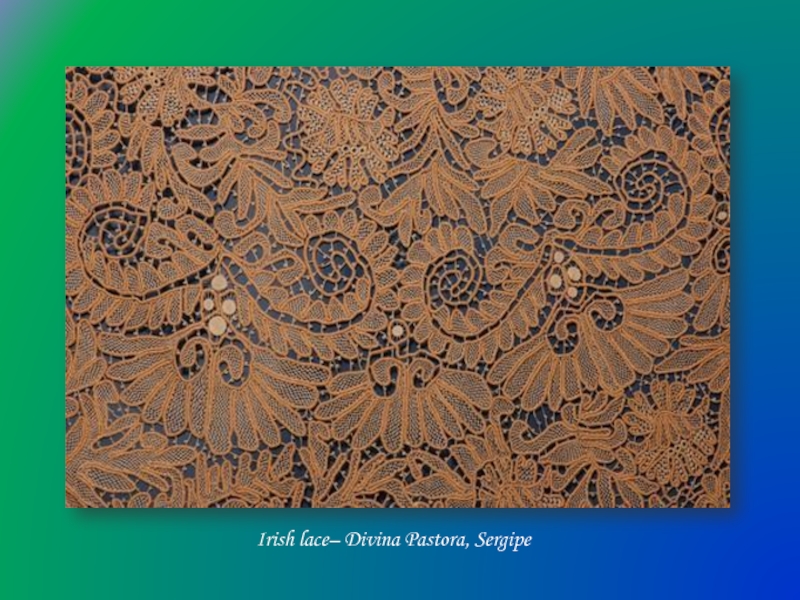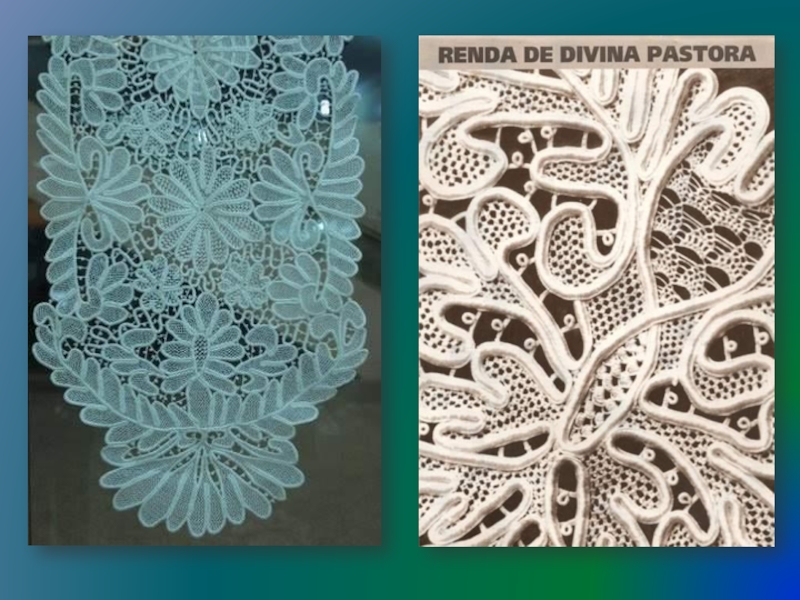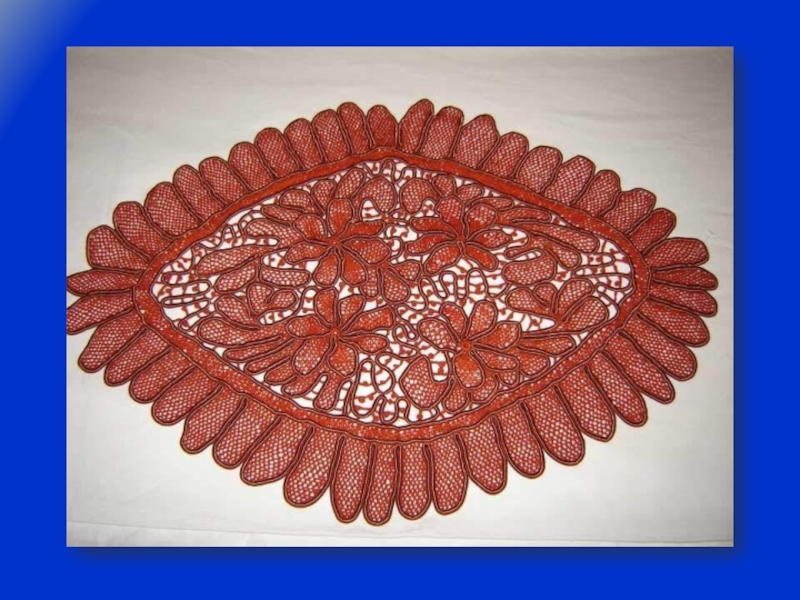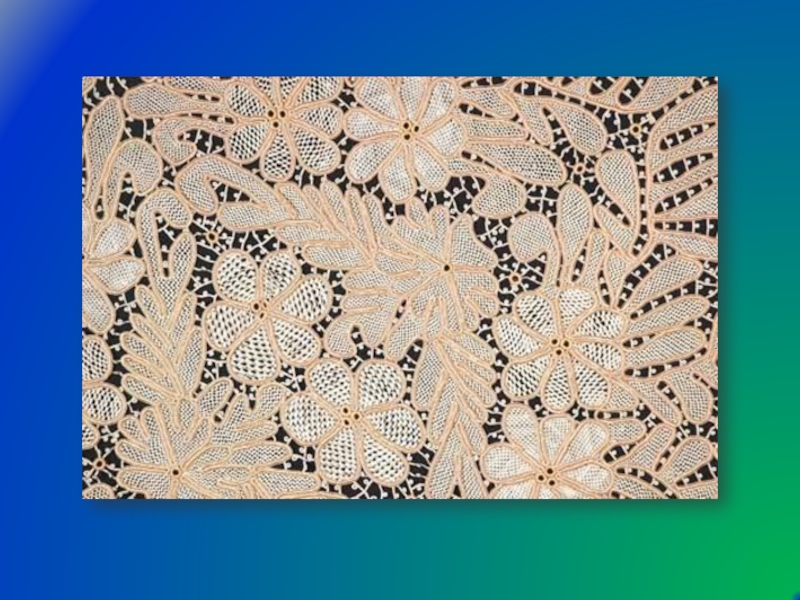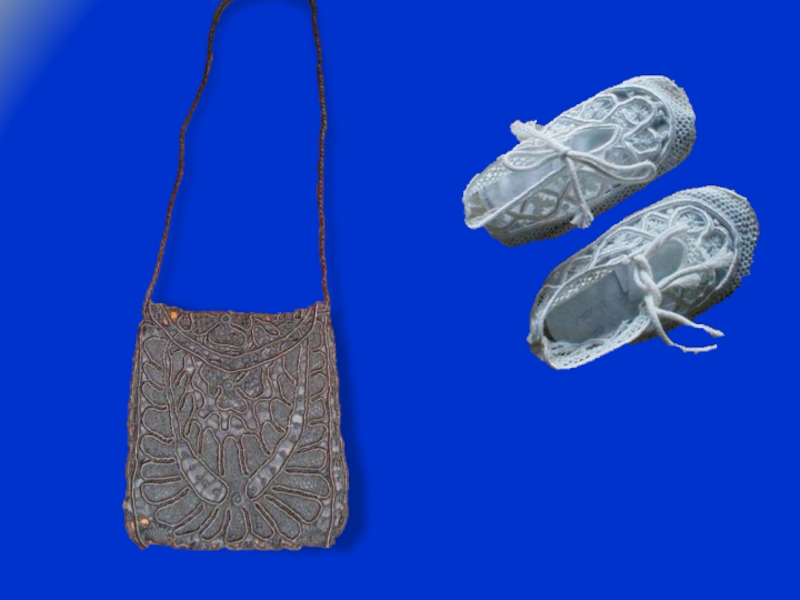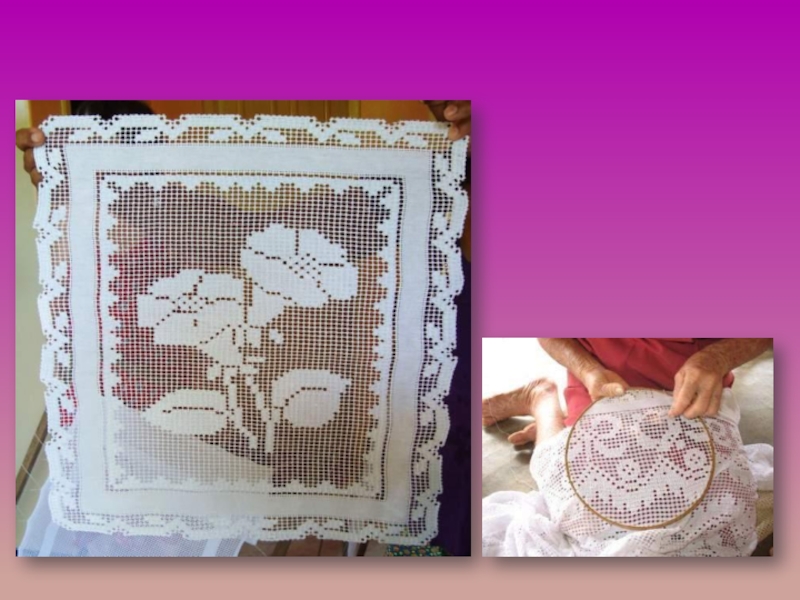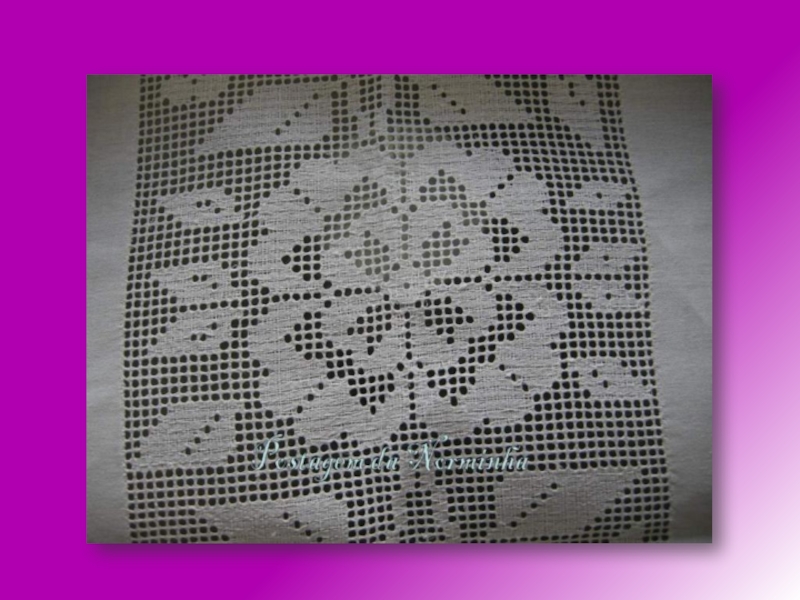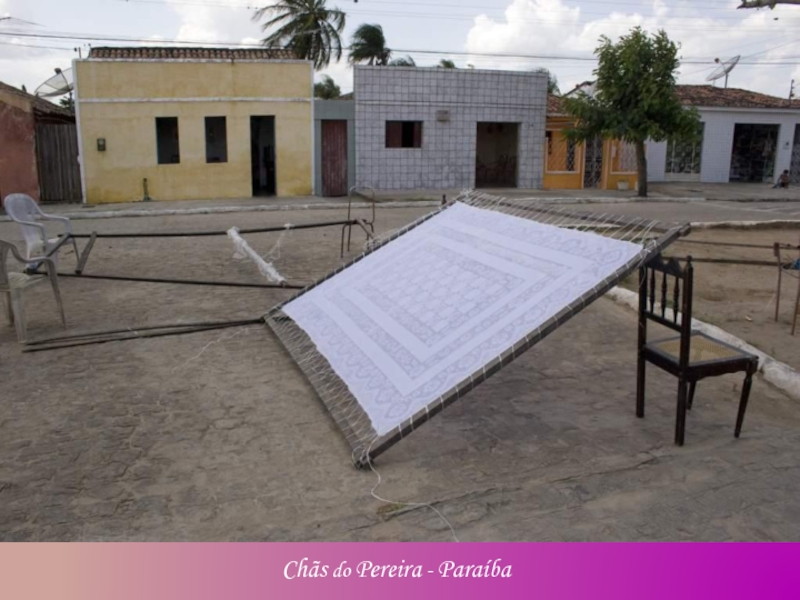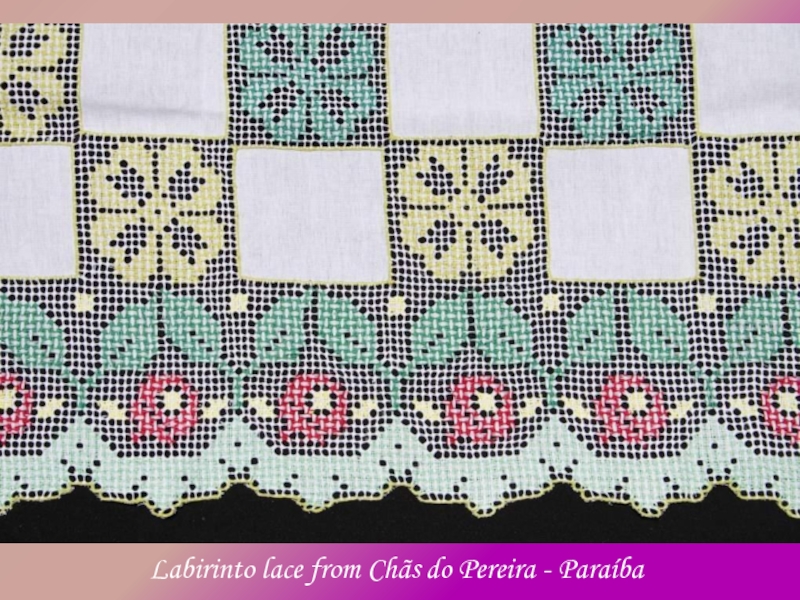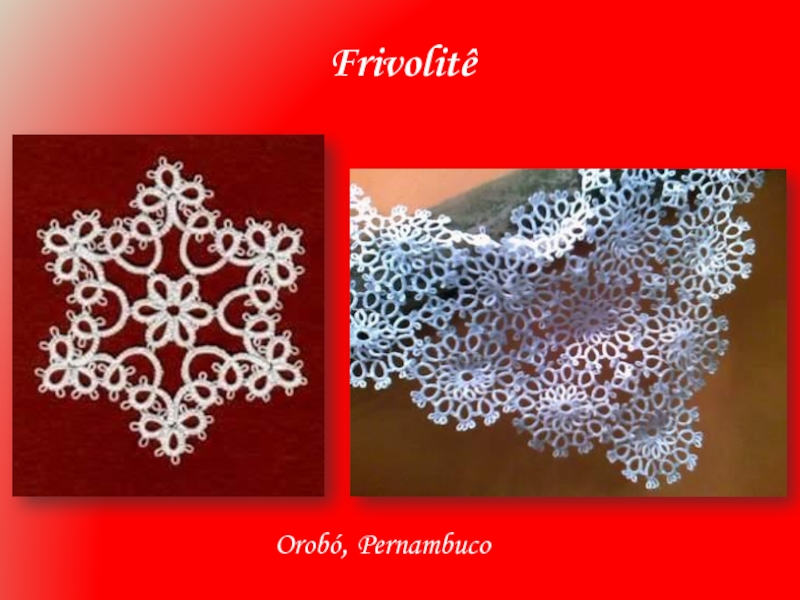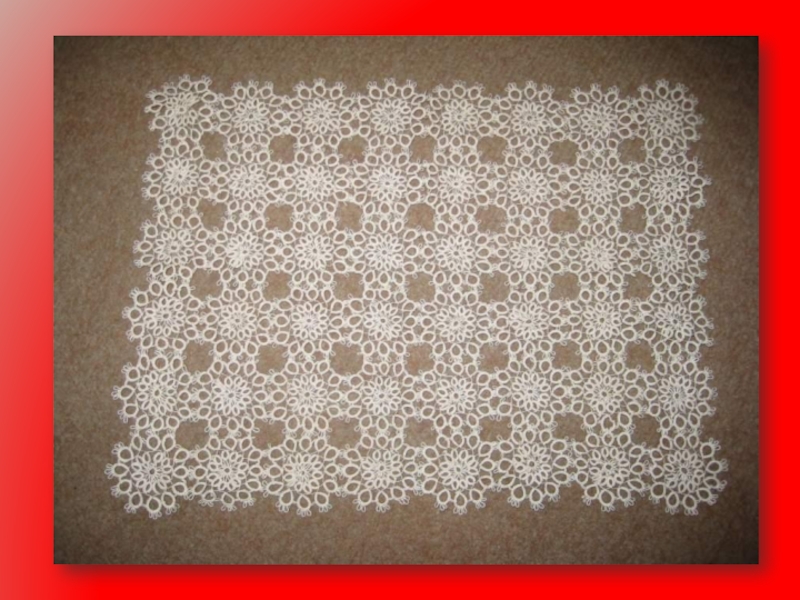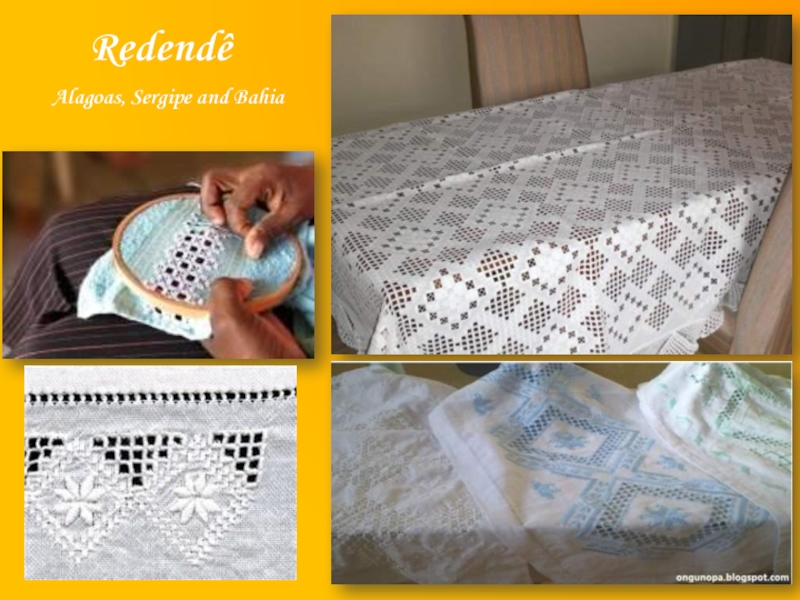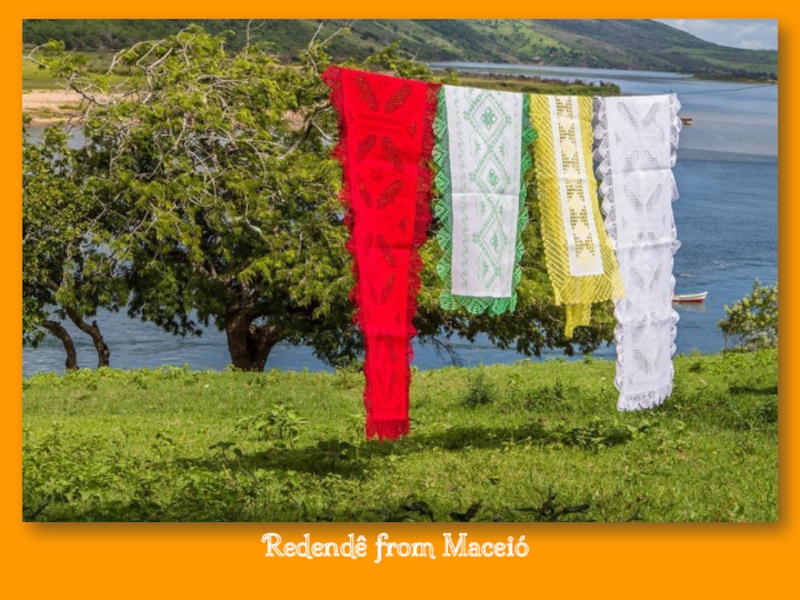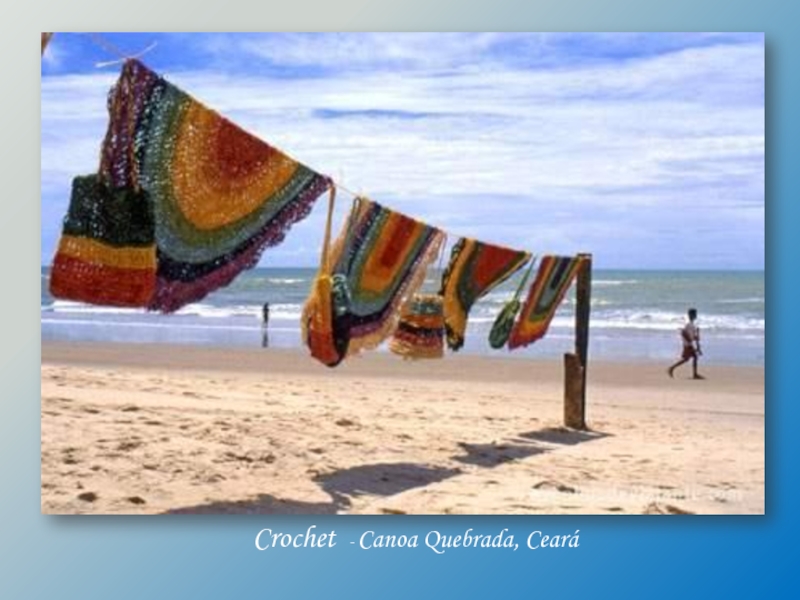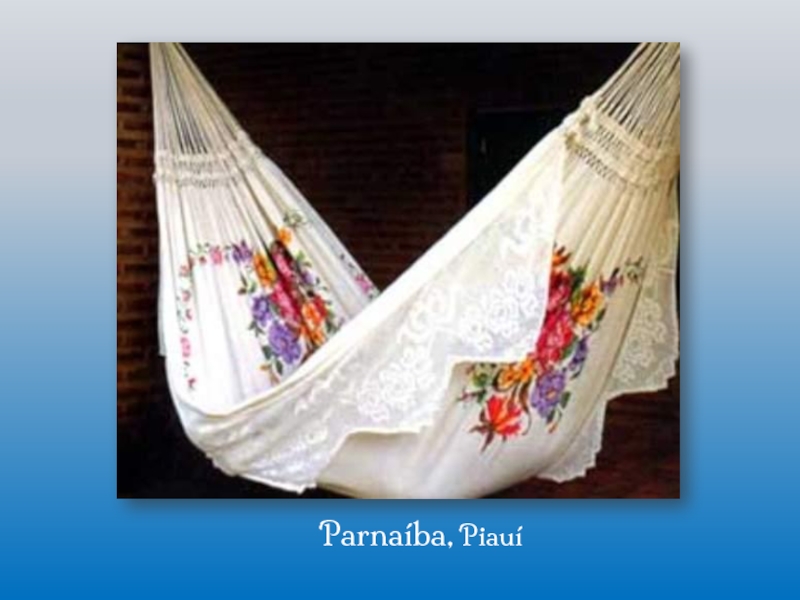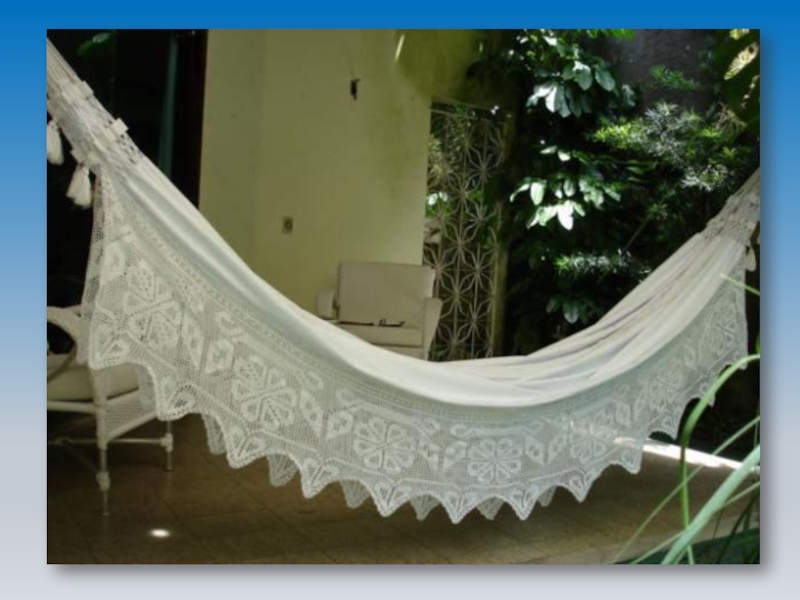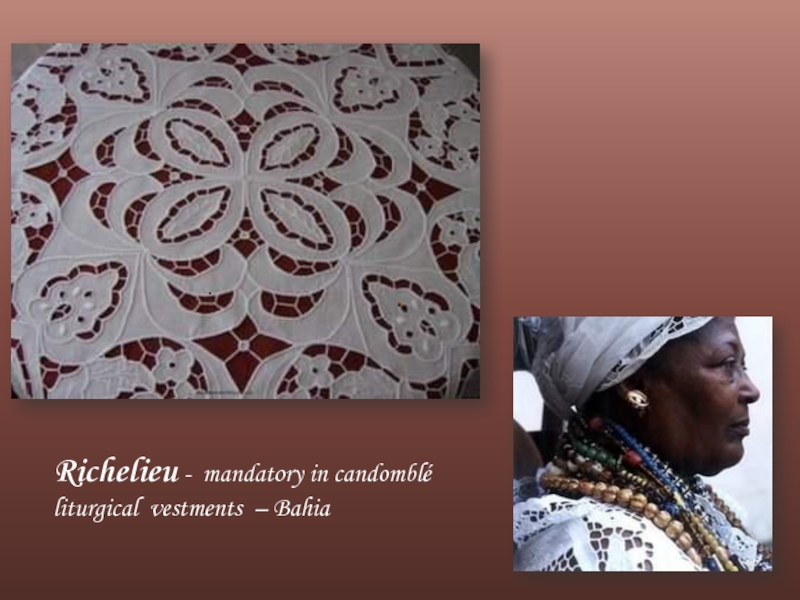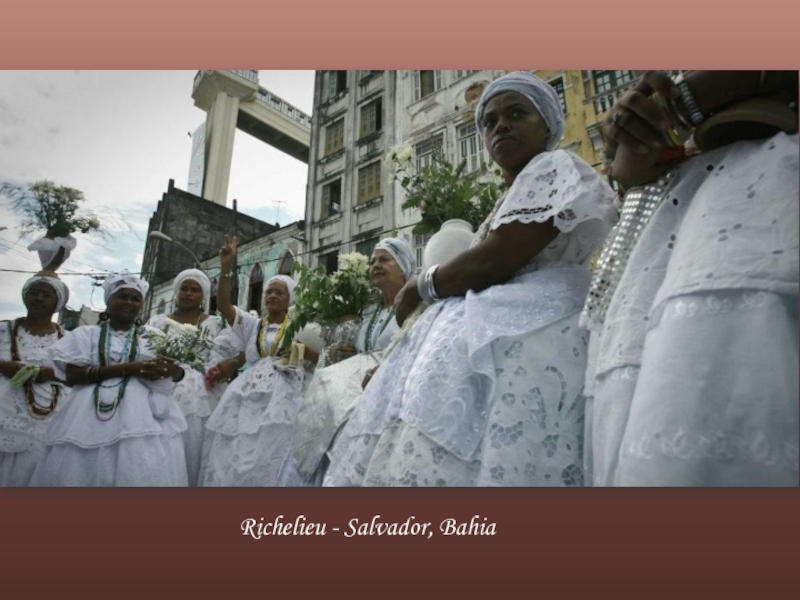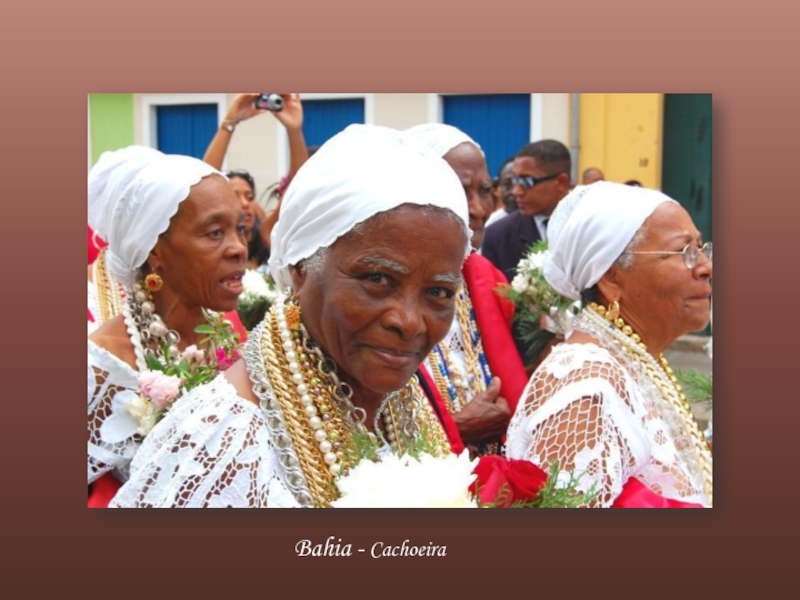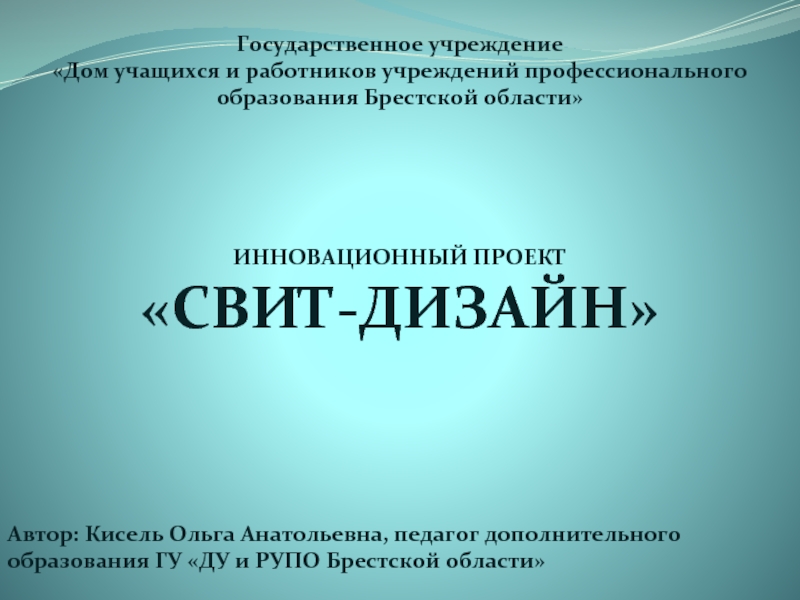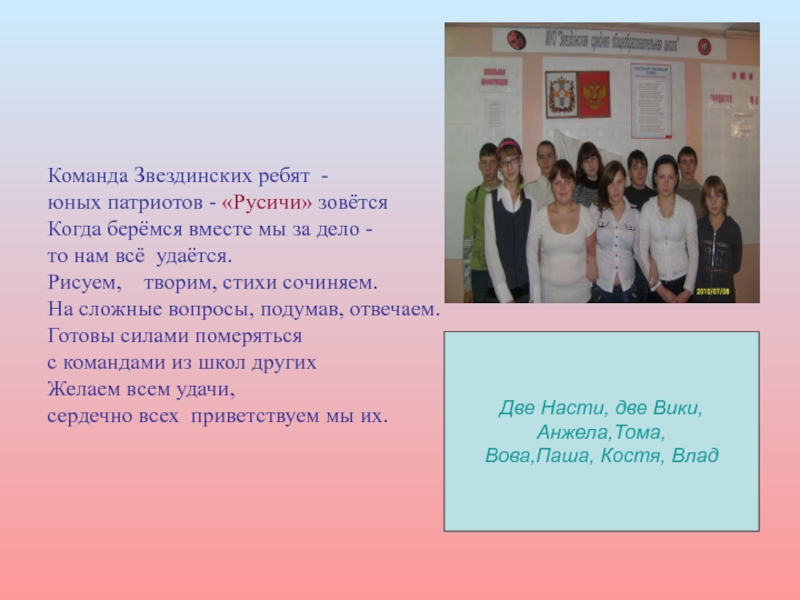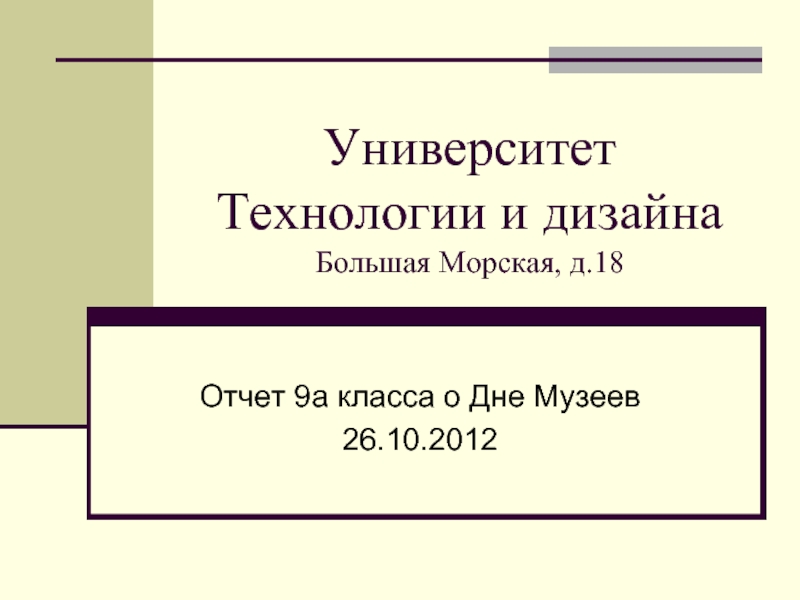lace to the four corners of the world. The rendeira (lace maker woman) with her patient and well-crafted work, printed an unparalleled brand in the crafts of the Northeast. The work of these women enchants for simplicity but also for its art and creativity
- Главная
- Разное
- Дизайн
- Бизнес и предпринимательство
- Аналитика
- Образование
- Развлечения
- Красота и здоровье
- Финансы
- Государство
- Путешествия
- Спорт
- Недвижимость
- Армия
- Графика
- Культурология
- Еда и кулинария
- Лингвистика
- Английский язык
- Астрономия
- Алгебра
- Биология
- География
- Детские презентации
- Информатика
- История
- Литература
- Маркетинг
- Математика
- Медицина
- Менеджмент
- Музыка
- МХК
- Немецкий язык
- ОБЖ
- Обществознание
- Окружающий мир
- Педагогика
- Русский язык
- Технология
- Физика
- Философия
- Химия
- Шаблоны, картинки для презентаций
- Экология
- Экономика
- Юриспруденция
The Art of Lace in Northeast Brazil презентация
Содержание
- 2. For a great many years
- 3. Lace making started in Europe,
- 4. Ceará, a major center for handicrafts in the country
- 5. Ceará
- 6. Bobbin lace from Aracati, Ceará
- 7. Aracati, Ceará
- 8. Divina Pastora - Sergipe
- 9. Rio Grande do Norte
- 10. Maranhão
- 11. Piauí
- 12. Bahia - Saubara – Recôncavo
- 13. Saubara, Bahia
- 14. Saubara
- 16. Saubara
- 17. Ilha de Maré - Bahia 1976
- 18. Ilha de Maré
- 19. Needle lace Filet lace Renaissance
- 20. Filet Lace is made with a knitting
- 21. Maceió, Alagoas
- 22. Alagoas – famous for its filet lace
- 23. Filet lace - Maceió
- 24. Filet lace - Maceió
- 31. Renaissance lace started in the
- 32. Olinda - Pernambuco
- 33. Renaissance lace from Olinda
- 36. Renaissance lace
- 37. Renaissance - Paraíba
- 38. Renaissance from Pernambuco
- 39. Pernambuco – wedding gown
- 43. Renaissance from Alagoas
- 47. Divina Pastora, Sergipe Irish lace Recognized as Brazil Cultural Heritage
- 48. Aracaju, Sergipe
- 51. Irish lace– Divina Pastora, Sergipe
- 57. Labirinto lace– Ceará and Paraíba
- 60. Chãs do Pereira - Paraíba
- 61. Labirinto lace from Chãs do Pereira - Paraíba
- 62. Orobó, Pernambuco Frivolitê
- 64. Redendê Alagoas, Sergipe and Bahia
- 65. Redendê from Maceió
- 66. Crochet - Canoa Quebrada, Ceará
- 67. Parnaíba, Piauí
- 69. Richelieu - mandatory in candomblé liturgical vestments
- 70. Richelieu - Salvador, Bahia
- 71. Bahia - Cachoeira
Слайд 3
Lace making started in Europe, especially in Italy and Belgium, and
was brought to France by the court of Louis XV. From France it expanded to Portugal and England.
The Portuguese brought lace to Brazil, where it became an important form of handicraft, both in the Northeast and in Santa Catarina, in the South. The rendeira weaves the thread on a pillow with the aid of bobbins, which are used in pairs .
The Portuguese brought lace to Brazil, where it became an important form of handicraft, both in the Northeast and in Santa Catarina, in the South. The rendeira weaves the thread on a pillow with the aid of bobbins, which are used in pairs .
Renda de Bilro ( Bobbin lace)
Слайд 20Filet Lace is made with a knitting needle and was developed
using the same technique used by fishermen for making their fishing nets. This very old technique was common among the Egyptians and Persians and spread well in Europe, from where it was brought to Brazil by the Portuguese colonizers. Filet lace is quite common in the states of Alagoas and Sergipe.
Filet lace
Слайд 31
Renaissance lace started in the island of Burano in Venice -
Italy and arose and developed in the seventeenth century, during the period of the Renaissance, from which it derives its name. It came to Brazil with European missionaries and nuns and here developed rapidly in the Northeast region, particularly in the states of Pernambuco and Paraíba. Renaissance lace is highly valued because of its technical complexity.
Renaissance Lace
